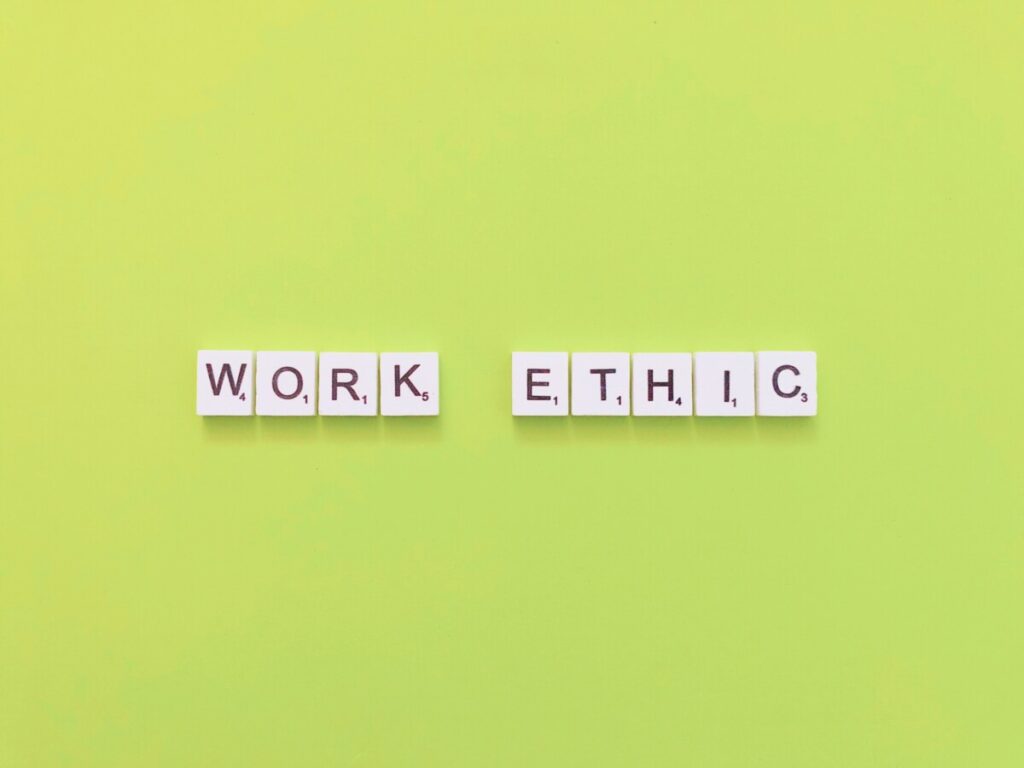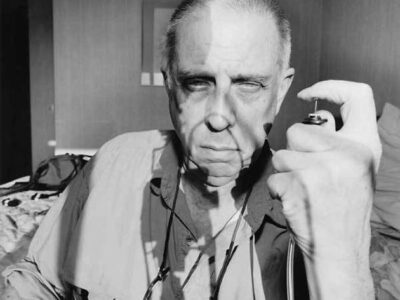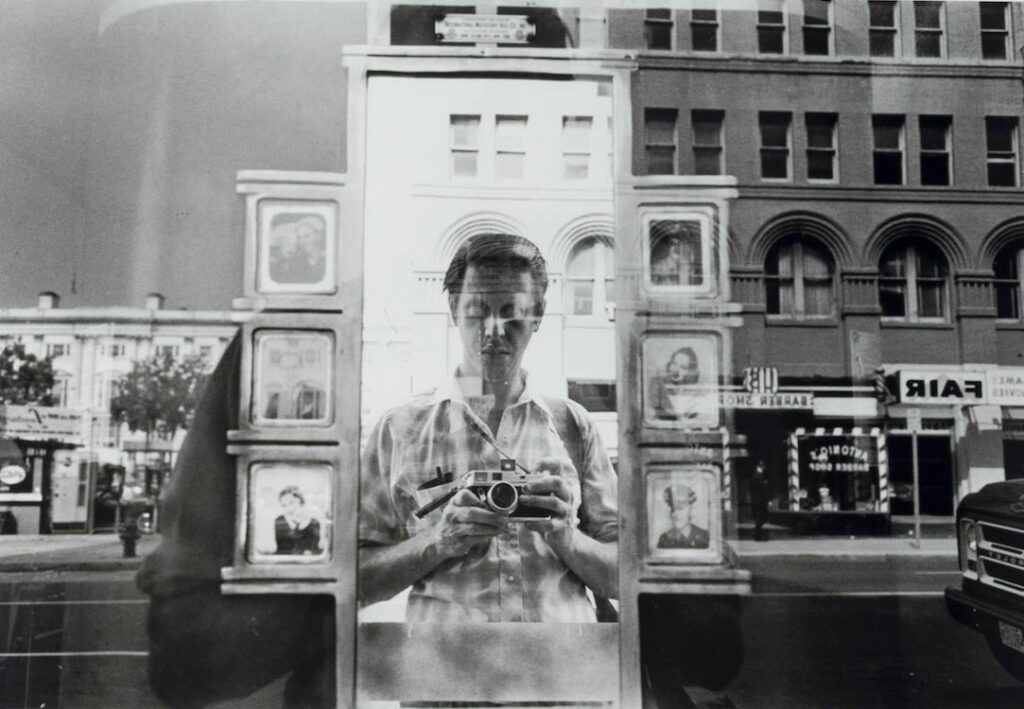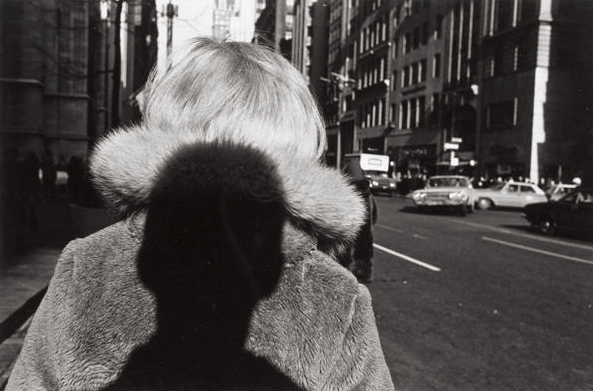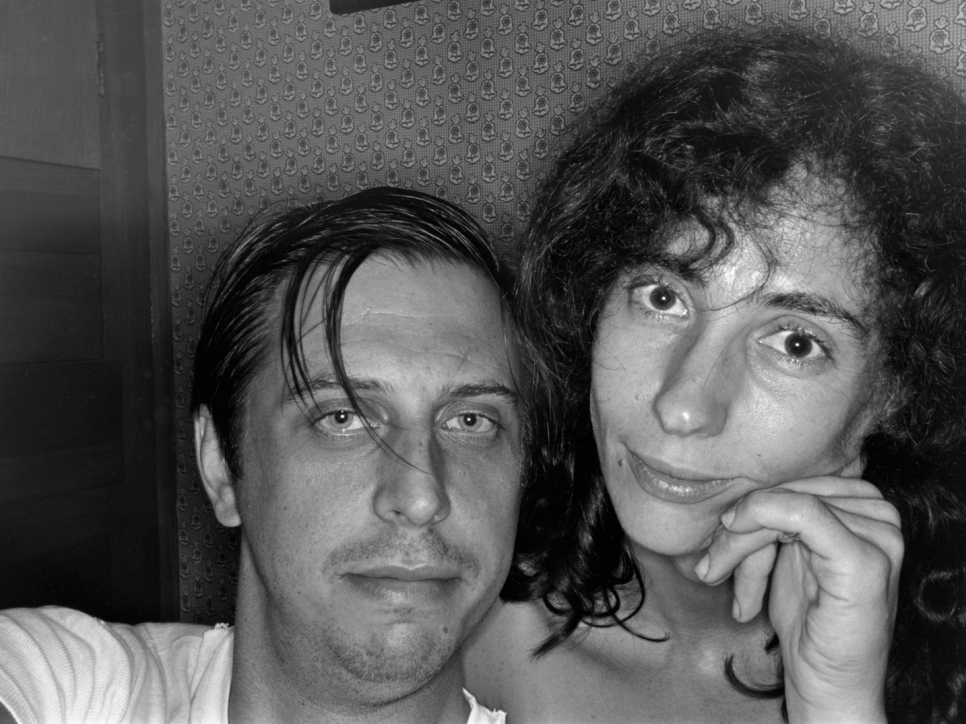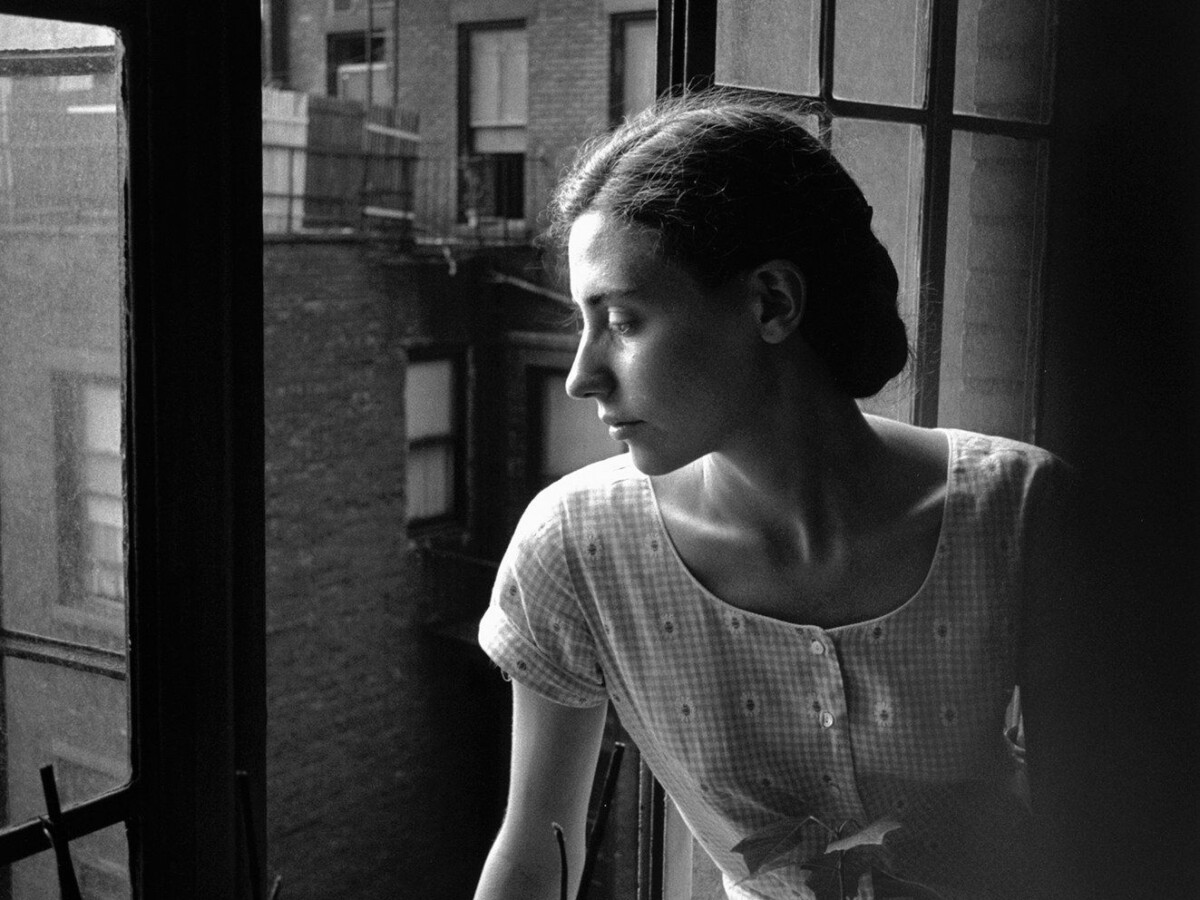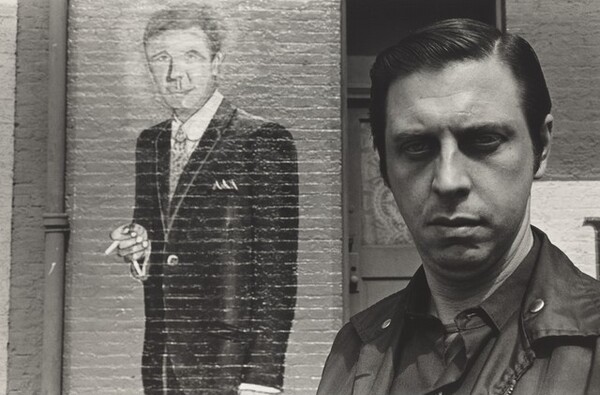
(2a)
As a designer, I think all of us have used other people’s work in the process of creating. As I finish school projects, I often go to some stock-free website to find some images and mockups, and I always credit the creators name at caption. I think this is the most basic respect for those hard-working creators.
Using someone else’s work may only require a few random taps on the Internet, but if you don’t sign someone else’s work, you are ignoring and disrespecting the hard work behind the work. Only when everyone abides by originality and copyright will creators be motivated and continue to create better works.
Research
- Hunston, Tralene. “The Ethical Implications of the Stock Photo.” Platform Magazine, 7 Nov. 2020, https://platformmagazine.org/2020/11/06/the-ethical-implications-of-the-stock-photo/.
- Eric. “Why Is It Important to Credit Artists Online?” That Eric Alper, 15 Jan. 2021, https://www.thatericalper.com/2020/12/09/why-is-it-important-to-credit-artists-online/.
(2b)
The article about Fairey’s copyright case was a very typical case about how important to credit the original creator. Using photos without the permission of the original author is unethical in itself. But even after he was prosecuted, he deliberately lied about the source of the pictures during the trial, which is even more absurd. Although this case ended up with some sort of agreement, it must have had a serious impact on his statement. Because no one likes an artist who doesn’t respect the creator.
Research
- Memmott, Mark. “Shepard Fairey and AP Settle Copyright Dispute over ‘Hope’ Poster.” NPR, NPR, 12 Jan. 2011, https://www.npr.org/sections/thetwo-way/2011/01/12/132860606/shepard-fairey-and-ap-settle-copyright-dispute-over-hope-poster.
- Kennedy, Randy. “Shepard Fairey and the A.P. Settle Legal Dispute.” The New York Times, The New York Times, 12 Jan. 2011, https://www.nytimes.com/2011/01/13/arts/design/13fairey.html.
